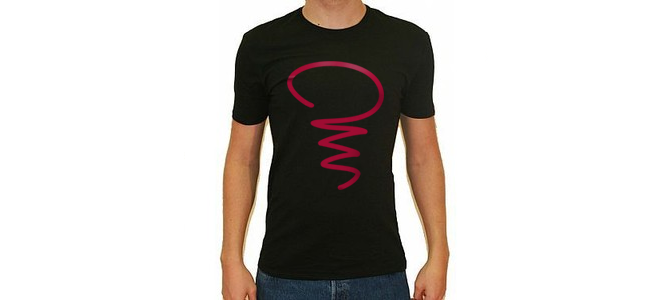You might not know what it’s called, but you’ve definitely experienced alt text on websites before. Alt text is often used as a description caption on images for browsers, usually popping up in a text box when you hover over images, but as with all things web, there’s more than meets the eye.
When considering your website and its accessibility to users, one must keep in mind the sometimes forgotten importance of alt text. For example, did you know alt text can be used to give your website more places to add SEO keywords, to help your customers (and Google) find you? More importantly, for vision-impaired users, screen reading software will often use alt text to describe what images are shown, making them invaluable to the usability of image-driven websites.
Alt text works very simply. Say for example, you want to show a photo of a shirt with the file titled ‘IMG_1234.jpg’. In code, it looks like this:
<img src=”IMG_1234.jpg”>
Now when Google looks at your site, all it can see is the filename, and nothing about that name indicates that this is a t-shirt. This is where alt text comes into play – it can be used as a means to tell people and search engines what the image contains. So then our code becomes something like this:
<img src=’’IMG_1234.jpg’’ alt=”White V Neck T-shirt’’>
Now the image has been tagged with additional information, Google and your customers alike will be served richer content. It’s that easy!
Of course, it’s not mandatory to have alt text in all your images, but by neglecting simple usability features like alt text, not only will you be giving away an edge on your SEO, but you may end up closing the door to potential visitors by neglecting their needs as well. Be smart about how you present yourself online and the results will pay dividends!




